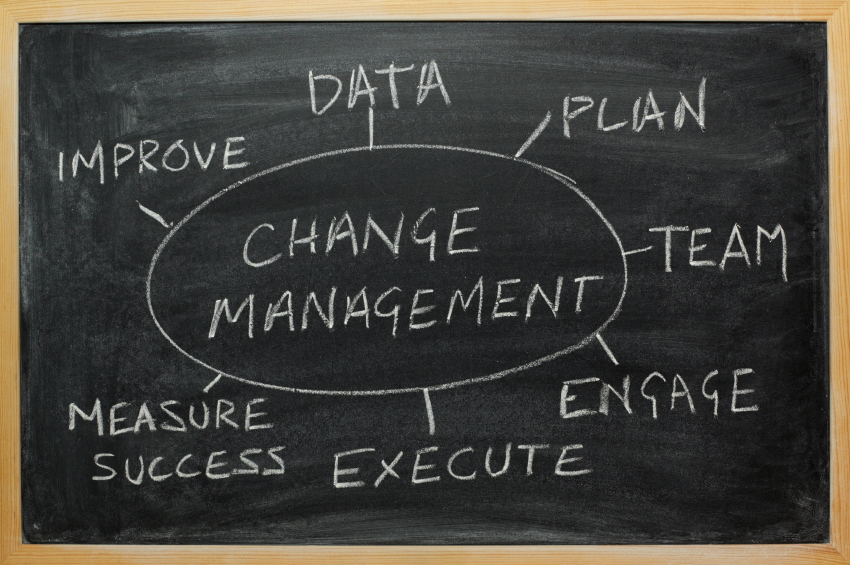I’ll continue to expand my discussion of The Not So New Principles Of Sales, addressing the third principle, Selling Is About Change.
“Selling is about change. Both parties must want something different than what they now have or do. If either party sees no need for change, then nothing happens.”
In a way, it seems like this is one of those “Duhhhhh” type statements, it should be obvious. As sales professionals, we are trying to get our customers to change—change vendors, change the way they do things, change their businesses.
The odd thing, is that most sales people don’t tend to look at what they do as a change management process—usually, they think it’s about their product or solution. Too often leaving it to the customer to figure out, “Why should we change what we are doing?” “What will this mean to us?” “What happens if we don’t change?” “What happens if we do change?” “What happens if we fail?” “Why do it now?” “What will happen to me?”
Change is tough, we struggle to embrace change. If it’s imposed on us, we tend to resist. If it’s our idea, or we’ve embraced it and own it for ourselves, we tend to be more enthusiastic about it, but we are still concerned. It’s human nature.
Getting a group to change is even tougher. Leaders know they can’t impose change on their people. They have to get people engaged in owning the change and embracing it. But before this point, we have to align the agendas, interests, and priorities of everyone involved. Then to be successful we have to get them all to execute.
So as sales people, we’re faced with an interesting challenge. We focus on our product/solution. We often think it’s the reason for the change, but for the customer, the product selection is just a part of what they face. The biggest issues are managing all the issues around the change and assuring they achieve the outcomes desired.
Yet the most challenging issue for our customer is the change itself–getting people to embrace it, managing it, making sure the desired outcomes are achieve. Our products/solutions are just a component of that.
If we want to create the greatest value possible, we have to help the customer with their most challenging issue, managing the change.
Be sure to read the other posts in this Series:
The Not So New Principles Of Selling
Buying Happens In The Absence Of Selling

Thanks, Dave, for another opportunity to discuss
a Sales fundamental: Selling is about Change.
Often the reason Salespeople don’t manage this part well is because they don’t know HOW to Manage Change.
We have, in Sales, a superb Model to help us
understand the Change process,
then to manage the Change process successfully.
Its Kurt Lewin’s model:
Unfreeze, Change, [Re]freeze again.
A simple Google search “Kurt Lewin Change model” will give masses of info on this essential approach to good selling.
His other model “Force-field Analysis” is an essential part of Complex Selling where multiple Stakeholders contend to have ‘their’ criteria used for Change.
A good place to try both models is:
by having a look at how YOU are Changing the way YOU sell.
Thanks again, Dave.